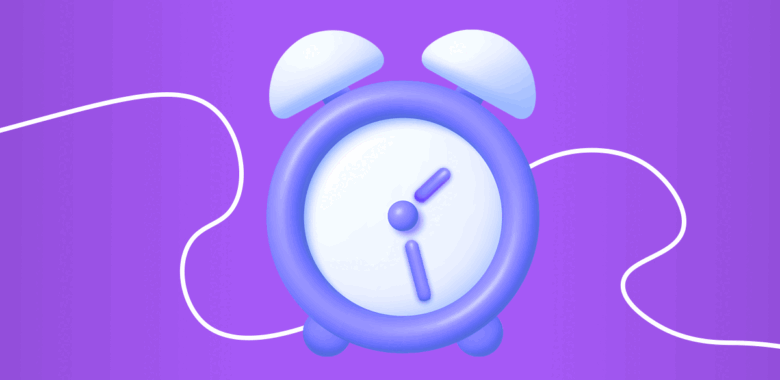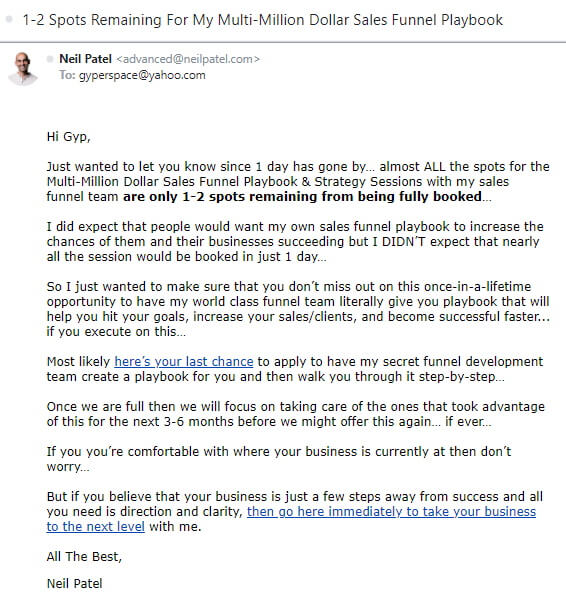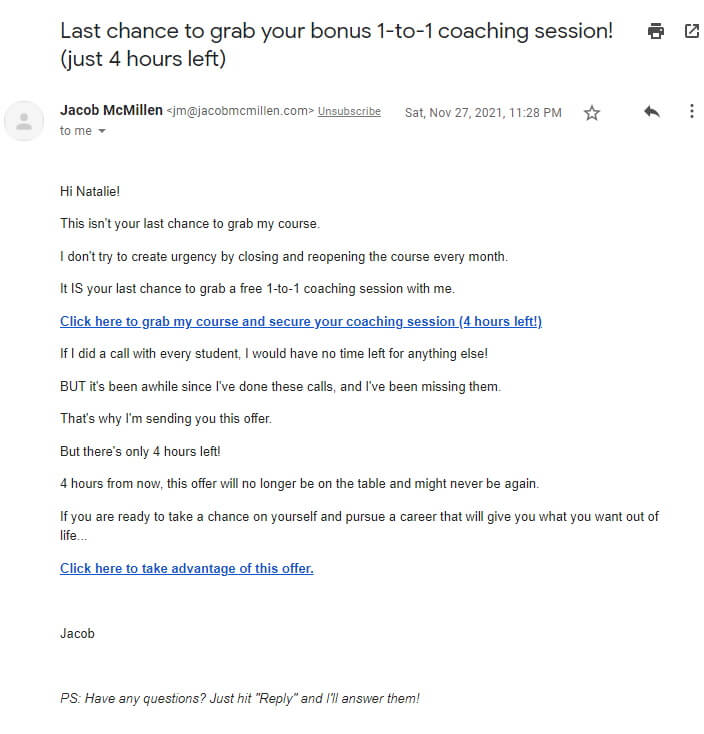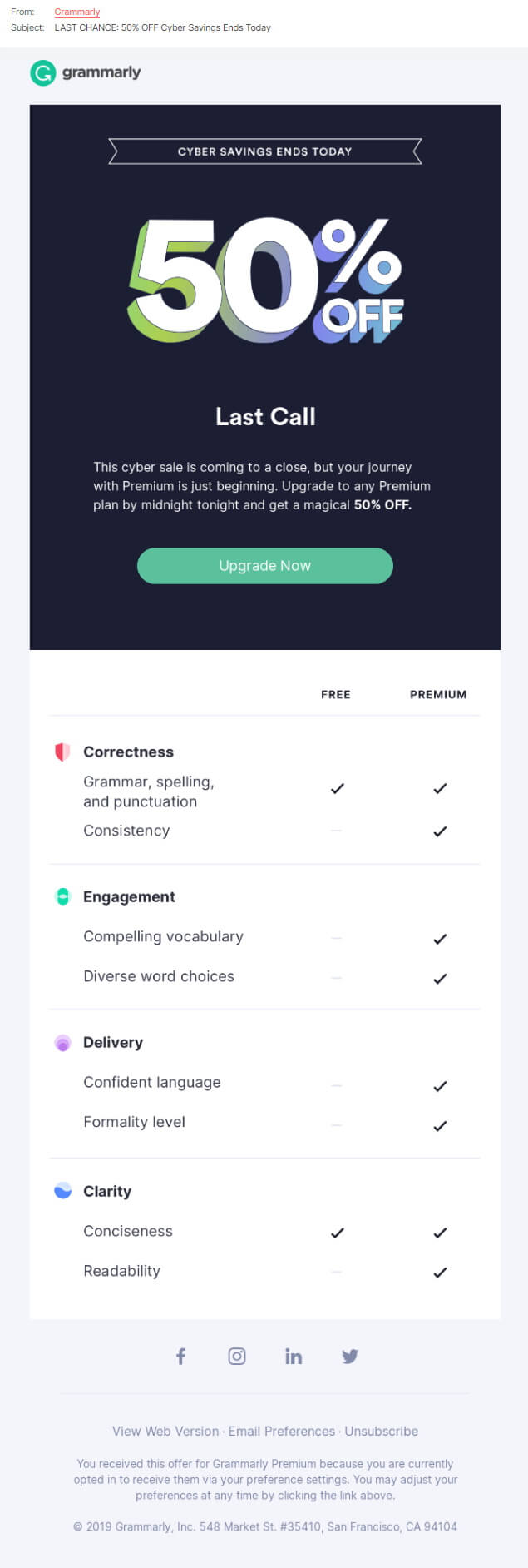What is the last chance email?
This type of email is sent directly to customers as a last-ditch effort to get them to buy the product. Last chance emails aim to get people to act on expiring offers, and they do it by triggering “fear of missing out”, or FOMO for short.
It is a powerful mechanism that may get people to feel anxiety or insecurity over missing something or being left out, isolated, from things everyone else is part of.






















